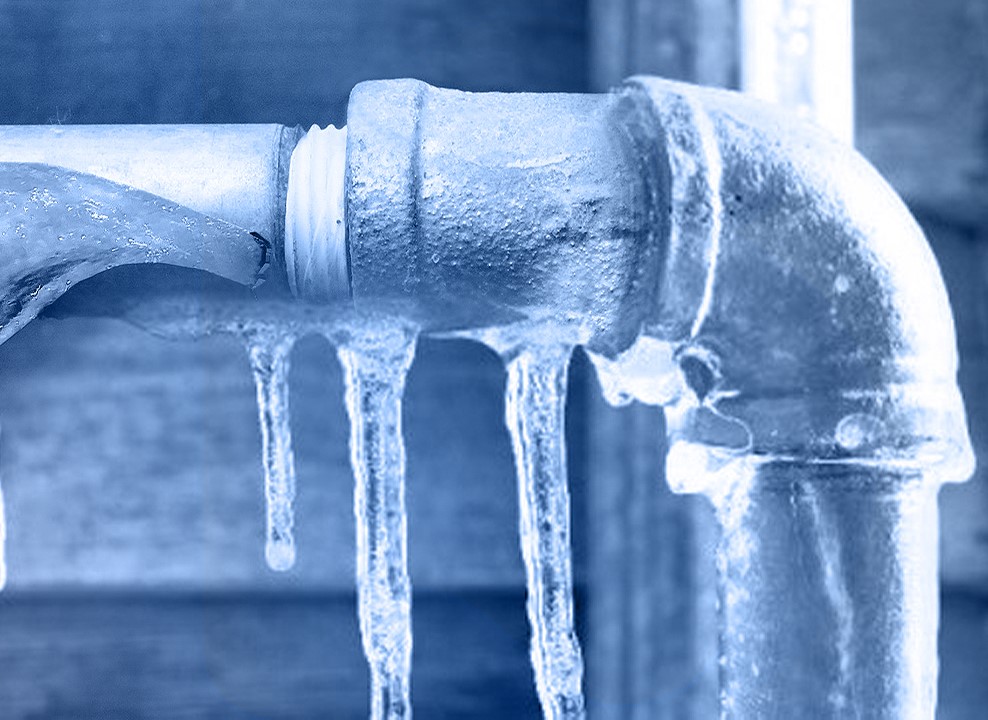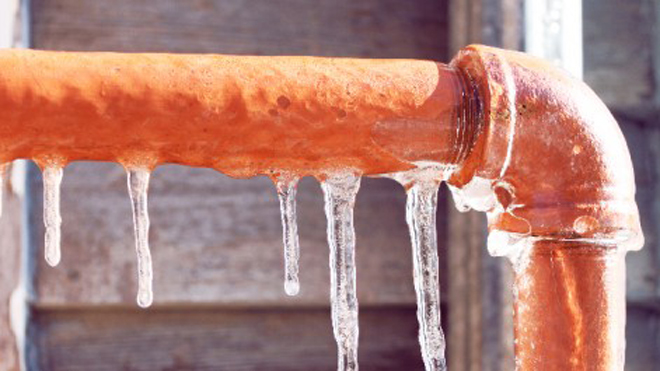Advice for Avoiding Frozen Pipes in Winter: Professional Advice
Advice for Avoiding Frozen Pipes in Winter: Professional Advice
Blog Article
What're your thoughts and feelings about Prevent Frozen Pipes ?

Winter can ruin your plumbing, especially by freezing pipes. Right here's just how to stop it from taking place and what to do if it does.
Introduction
As temperatures drop, the danger of frozen pipelines rises, potentially bring about pricey fixings and water damage. Comprehending exactly how to prevent icy pipes is vital for homeowners in chilly environments.
Avoidance Tips
Shielding at risk pipelines
Cover pipelines in insulation sleeves or make use of warmth tape to shield them from freezing temperature levels. Concentrate on pipes in unheated or outside areas of the home.
Home heating strategies
Maintain interior spaces properly heated up, particularly areas with plumbing. Open up cupboard doors to allow cozy air to distribute around pipelines under sinks.
Exactly how to identify icy pipes
Seek reduced water circulation from faucets, uncommon odors or sounds from pipes, and visible frost on revealed pipes.
Long-Term Solutions
Architectural changes
Consider rerouting pipes far from exterior wall surfaces or unheated areas. Include extra insulation to attic rooms, basements, and crawl spaces.
Updating insulation
Buy top quality insulation for pipelines, attics, and wall surfaces. Correct insulation helps preserve regular temperature levels and reduces the threat of frozen pipelines.
Safeguarding Exterior Plumbing
Garden hoses and outdoor taps
Separate and drain yard hose pipes before winter season. Set up frost-proof spigots or cover exterior taps with protected caps.
Comprehending Icy Pipelines
What causes pipelines to freeze?
Pipelines ice up when exposed to temperature levels below 32 ° F (0 ° C) for expanded periods. As water inside the pipelines freezes, it increases, putting pressure on the pipeline wall surfaces and potentially creating them to burst.
Dangers and problems
Frozen pipelines can lead to water system disturbances, building damage, and costly repair services. Ruptured pipelines can flood homes and trigger comprehensive architectural damages.
Indications of Frozen Pipeline
Determining icy pipes early can prevent them from rupturing.
What to Do If Your Pipelines Freeze
Immediate actions to take
If you presume icy pipes, maintain faucets open up to alleviate pressure as the ice thaws. Use a hairdryer or towels soaked in hot water to thaw pipes gradually.
Conclusion
Preventing icy pipelines needs proactive actions and quick responses. By comprehending the reasons, signs, and preventive measures, home owners can safeguard their plumbing throughout winter.
5 Ways to Prevent Frozen Pipes
Drain Outdoor Faucets and Disconnect Hoses
First, close the shut-off valve that controls the flow of water in the pipe to your outdoor faucet. Then, head outside to disconnect and drain your hose and open the outdoor faucet to allow the water to completely drain out of the line. Turn off the faucet when done. Finally, head back to the shut-off valve and drain the remaining water inside the pipe into a bucket or container. Additionally, if you have a home irrigation system, you should consider hiring an expert to clear the system of water each year.
Insulate Pipes
One of the best and most cost-effective methods for preventing frozen water pipes is to wrap your pipes with insulation. This is especially important for areas in your home that aren’t exposed to heat, such as an attic. We suggest using foam sleeves, which can typically be found at your local hardware store.
Keep Heat Running at 65
Your pipes are located inside your walls, and the temperature there is much colder than the rest of the house. To prevent your pipes from freezing, The Insurance Information Institute suggests that you keep your home heated to at least 65 degrees, even when traveling. You may want to invest in smart devices that can keep an eye on the temperature in your home while you’re away.
Leave Water Dripping
Moving water — even a small trickle — can prevent ice from forming inside your pipes. When freezing temps are imminent, start a drip of water from all faucets that serve exposed pipes. Leaving a few faucets running will also help relieve pressure inside the pipes and help prevent a rupture if the water inside freezes.
Open Cupboard Doors
Warm your kitchen and bathroom pipes by opening cupboards and vanities. You should also leave your interior doors ajar to help warm air circulate evenly throughout your home.

We were made aware of that write-up about Prevent Frozen Pipes from a buddy on our other domain. Don't hesitate to take the opportunity to share this blog post if you enjoyed it. Bless you for your time. Don't forget to pay a visit to our site back soon.
Call Today Report this page